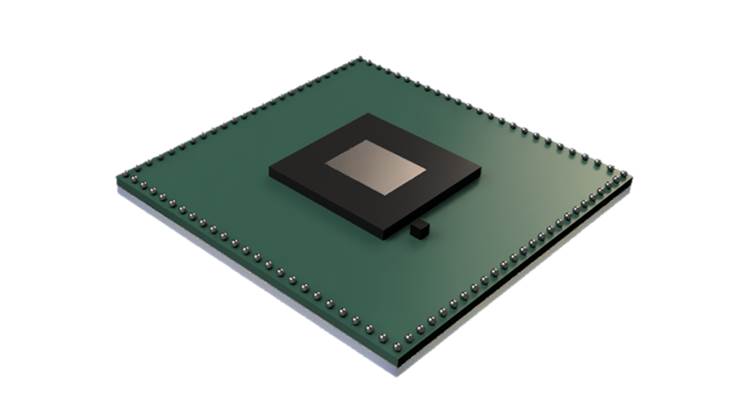Sivers Semiconductors has launched new highly integrated, state-of-art 5G NR Radio Frequency Integrated Circuits (RFICs), TRB02801 and TRB03901, together with very high-powered RFIC and antenna RF modules, BFM02801 and BFM03901, covering all licensed 5G mmWave bands.
These RFICs (TRB02801 and TRB03901) support the full frequency range from 24.25 to 43.5 GHz with speeds up to 5 Gbit/s. The unique level of integration enables support for different markets and frequency bands using the same family of hardware.
TRB02801 (24.25-29.5 GHz) and TRB03901 (37.0-43.5 GHz) cover five of the Frequency Range 2 (FR2) bands n257, n258, n259, n260, n261. These RFICs are the world’s first 32 channel beamforming transceiver RFICs, with support for vertical and horizontal polarization as well as both Zero-IF and IF baseband interface, which match any type of product architecture and can easily be integrated with any 5G mmWave modem to differentiate products. Several RFICs may be tiled together in bigger arrays for even longer reach and higher performance.
By combining the unmatched performance of the RFICs with innovative antenna module design, you get best possible performance required for large deployments of your licensed 5G mmWave networks, said Sivers. By means of autonomous calibration routines and simple baseband interfaces you minimize the time and complexity in your design. With a fully integrated RF module the RF design of your product will be very small, which will minimize the total cost of ownership of your products.
With consistent RF performance also for the highest data rates with electronic beam steering in one single module, it enables product deployments in the most diverse applications.
Anders Storm, CEO of Sivers Semiconductors
A fully integrated RFIC offers the need for a lot fewer components, which mean less cost and higher quality. These are critical parameters when designing for example Customer Premises Equipment (CPE) or small cell base stations.




















